Boll Weevil History – Learn About The Boll Weevil And Cotton Plants
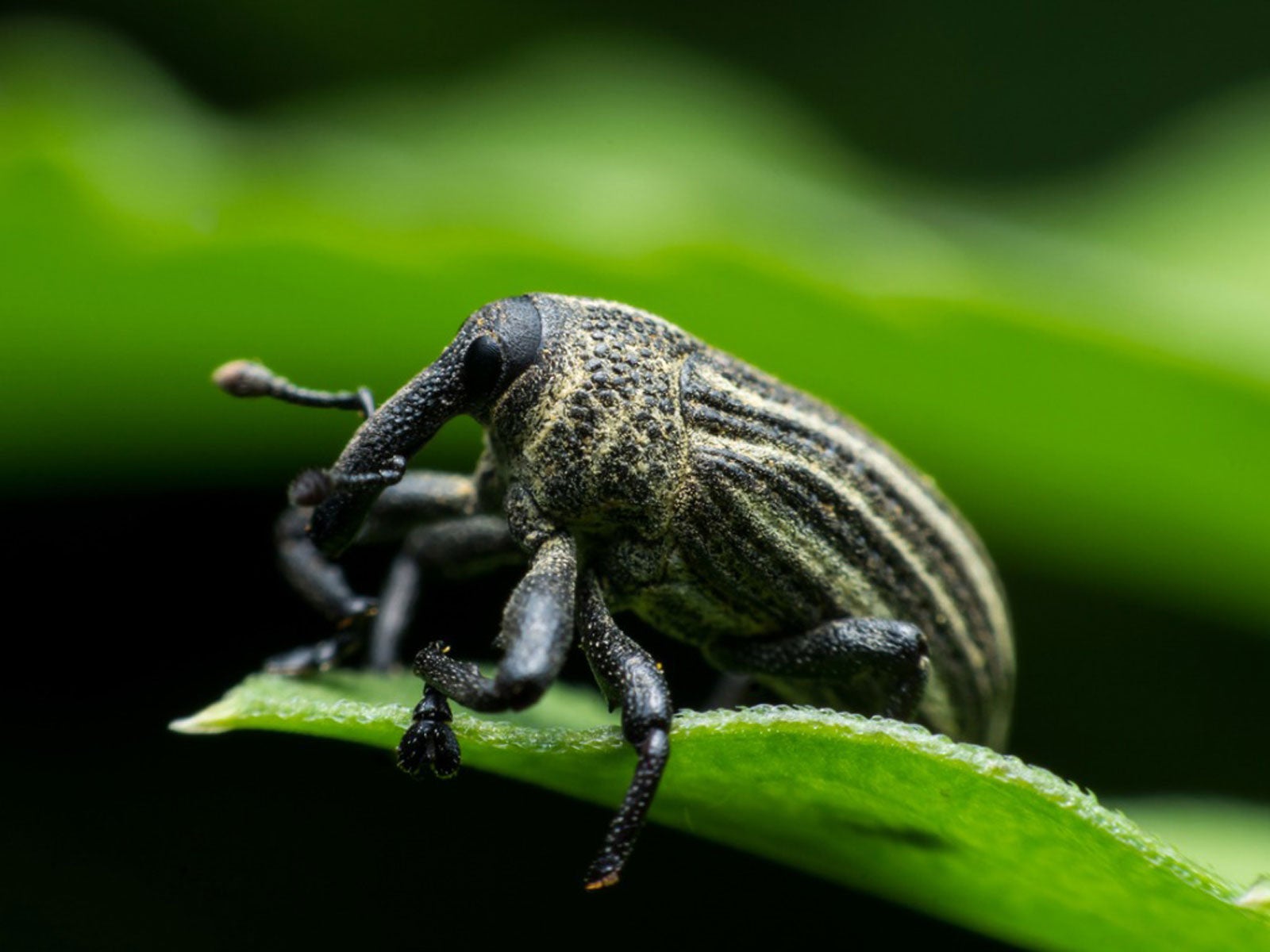

The meek shall inherit the earth, or in the case of the boll weevil, the cotton fields of the southern United States. The story of the boll weevil and cotton is a long one, lasting many decades. It's hard to imagine how this harmless little insect is responsible for ruining the livelihood of many southern farmers and costing millions of dollars in damages.
Boll Weevil History
The little gray beetle with the funny snout entered the United States from Mexico in 1892. From state to state, the early twentieth century saw the advancement of the boll weevil. Damage to cotton crops was widespread and devastating. Cotton farmers, who didn't succumb to bankruptcy, switched to other crops as a means of staying solvent.
Early methods of control included controlled burns to eradicate the beetles and the use of homemade pesticides. Farmers planted cotton crops earlier in the season, hoping their crops reached maturity before the annual beetle outbreaks.
Then in 1918, farmers began using calcium arsenate, a highly toxic pesticide. It provided some relief. It was the scientific development of chlorinated hydrocarbons, a new class of pesticides, which lead to the widespread use of DDT, toxaphene, and BHC.
As boll weevils developed resistance to these chemicals, chlorinated hydrocarbons were replaced with organophosphates. While less damaging to the environment, organophosphates are toxic to humans. A better method for controlling boll weevil damage was needed.
Boll Weevil Eradication
Sometimes good things do come from bad. The boll weevil's invasion challenged the scientific community and brought about change to the way farmers, scientists, and politicians work together. In 1962, the USDA set up the Boll Weevil Research Laboratory for the purpose of boll weevil eradication.
After several small trials, the Boll Weevil Research Laboratory began a large-scale boll weevil eradication program in North Carolina. The emphasis of the program was the development of a pheromone based bait. Traps were used to detect populations of boll weevils so fields could be effectively sprayed.
Gardening tips, videos, info and more delivered right to your inbox!
Sign up for the Gardening Know How newsletter today and receive a free copy of our e-book "How to Grow Delicious Tomatoes".
Are Boll Weevils a Problem Today?
The North Carolina project was a success and the program has since expanded to other states. Currently, boll weevil eradication has been completed in fourteen states:
- Alabama
- Arizona
- Arkansas
- California
- Florida
- Georgia
- Mississippi
- Missouri
- New Mexico
- North Carolina
- Oklahoma
- South Carolina
- Tennessee
- Virginia
Today, Texas remains the forefront of the boll weevil battle with successful eradication covering more territory each year. Setbacks to the program include redistribution of boll weevils into eradicated areas by hurricane force winds.
Gardeners, living in states where cotton is grown commercially, can help the eradication program by resisting the temptation to grow cotton in their home gardens. Not only is it illegal, but home-grown cotton plants aren't monitored for boll weevil activity. Year-round cultivation results in super sized cotton plants which can harbor large boll weevil populations.

Laura Miller has been gardening all her life. Holding a degree in Biology, Nutrition, and Agriculture, Laura's area of expertise is vegetables, herbs, and all things edible. She lives in Ohio.
-
 Try The Trend – Turn Any Bed Into A Keyhole Garden With This Clever In-Ground Composter
Try The Trend – Turn Any Bed Into A Keyhole Garden With This Clever In-Ground ComposterKeyhole gardening is an efficient and sustainable practice that saves space. Get started on this DIY project quickly and easily with an in-ground composter.
By Bonnie L. Grant
-
 4 Superfast Composting Methods: Turn Waste Into Garden Gold In 30 Days Or Less
4 Superfast Composting Methods: Turn Waste Into Garden Gold In 30 Days Or LessTry the fastest composting methods to turbocharge your pile and transform kitchen scraps and garden waste into finished compost in just a few weeks.
By Mary Ellen Ellis
-
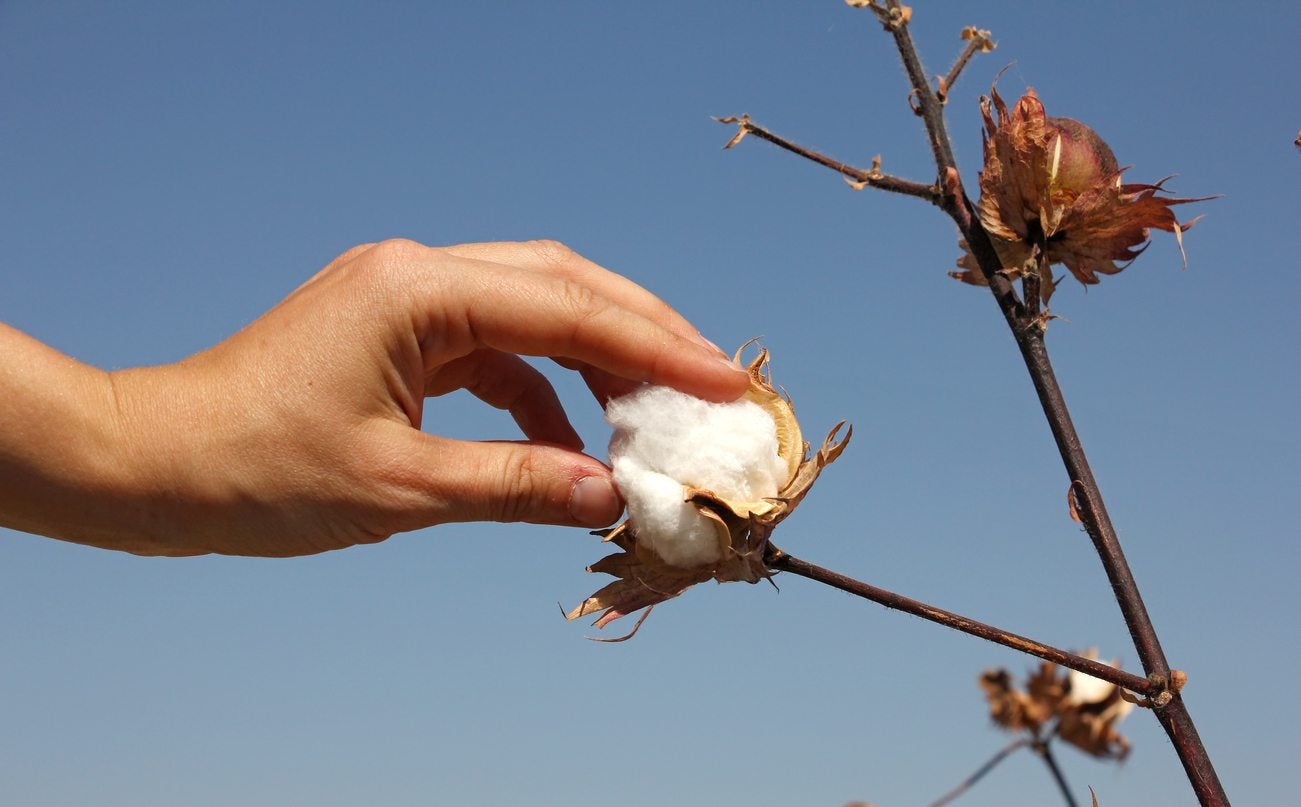 Picking Ornamental Cotton – How Do You Harvest Homegrown Cotton
Picking Ornamental Cotton – How Do You Harvest Homegrown CottonMany people are trying their hand at growing crops that are traditionally grown by commercial farmers. One such crop is cotton. Learn about picking ornamental cotton and when to harvest your homegrown cotton in this article.
By Amy Grant
-
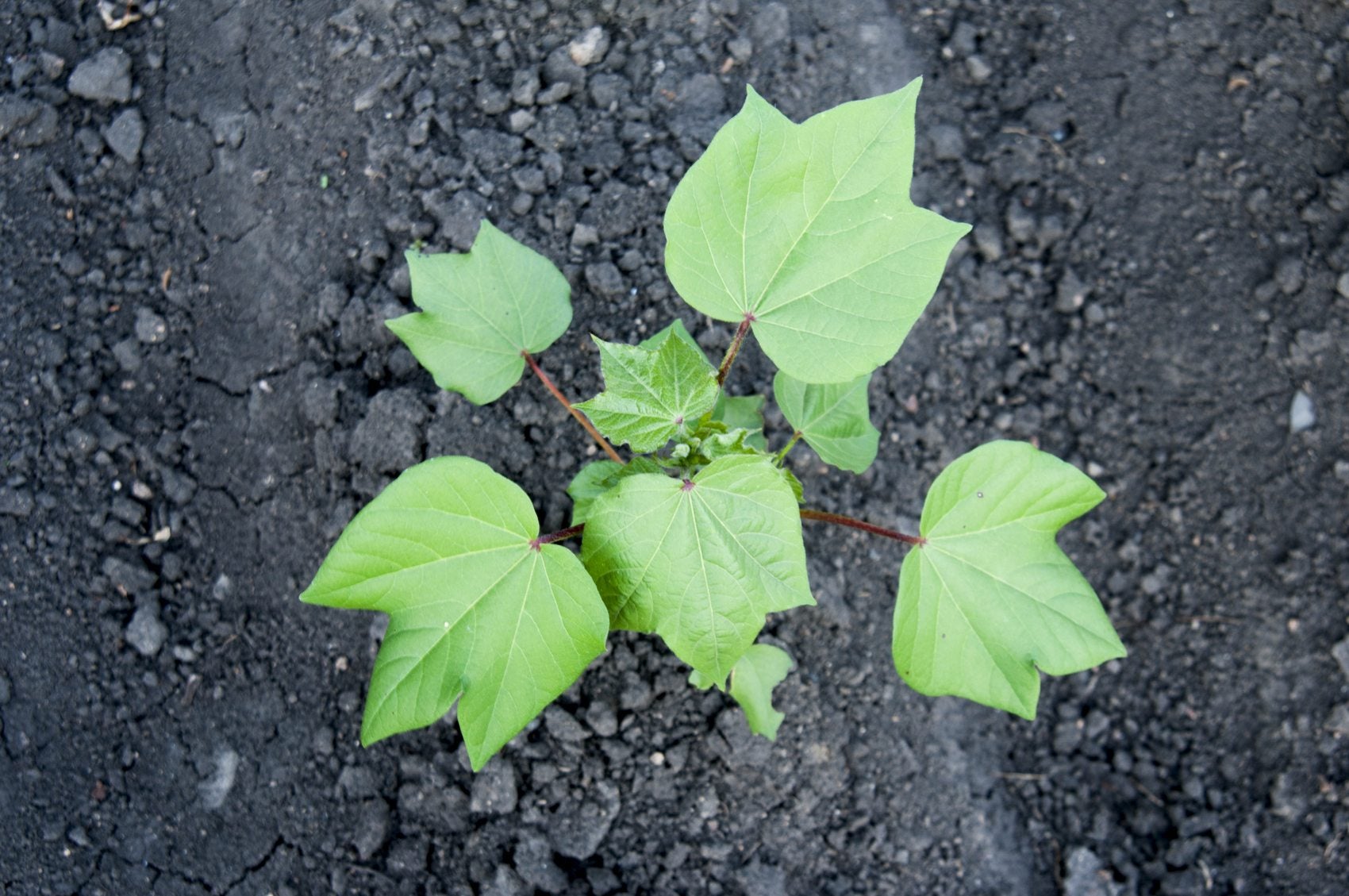 Cotton Seed Placement – How To Plant A Cotton Seed
Cotton Seed Placement – How To Plant A Cotton SeedCotton plants are actually quite attractive. Your neighbors will ask about this unique garden plant, and they won't believe it when you tell them what you're growing. Find out how to sow cotton seeds in this article.
By Jackie Carroll
-
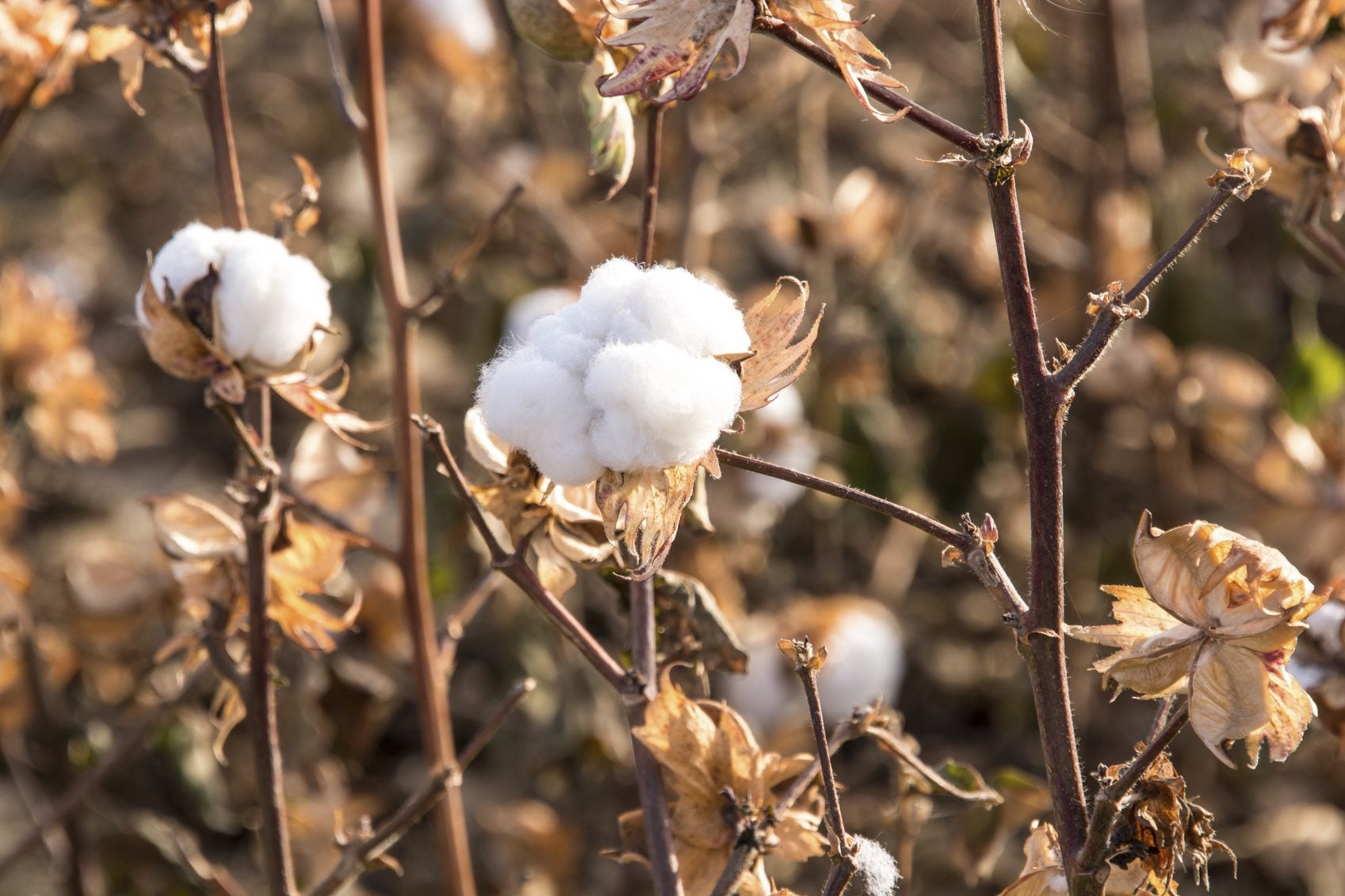 What Is Cotton Burr Compost: How To Use Cotton Burr Compost In Gardens
What Is Cotton Burr Compost: How To Use Cotton Burr Compost In GardensNot all compost is the same. Many gardeners will tell you that the best stuff you can get is cotton burr compost. Why and what is this? Find more information in this article and learn about how to use cotton burr compost in your garden.
By Liz Baessler
-
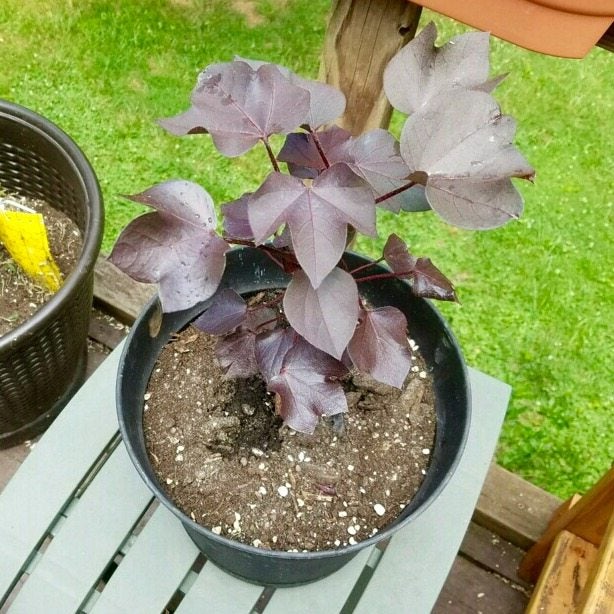 Black Cotton Plants – Tips On Planting Black Cotton In Gardens
Black Cotton Plants – Tips On Planting Black Cotton In GardensLooking for something unusual to add to your garden? Have I got an extraordinary beauty for you - black cotton plants, which are related to the familiar white cotton. Intrigued? This article provides tips on how to grow black cotton, harvest the plant, and more.
By Amy Grant
-
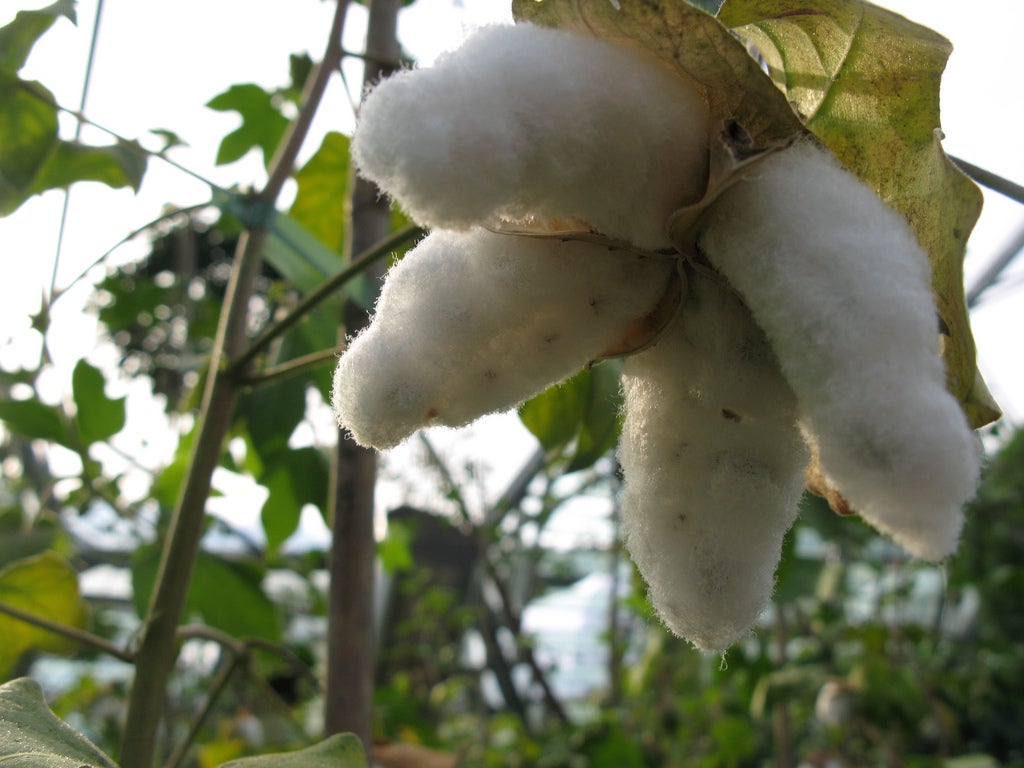 Cotton Plant Info For Kids - Teaching Kids How To Grow Cotton
Cotton Plant Info For Kids - Teaching Kids How To Grow CottonCotton growing with kids is easy and most will find this to be a fun project in additional to an educational one. Learn more about how to grow cotton in the following article and give your kids a fun history lesson.
By Nikki Tilley